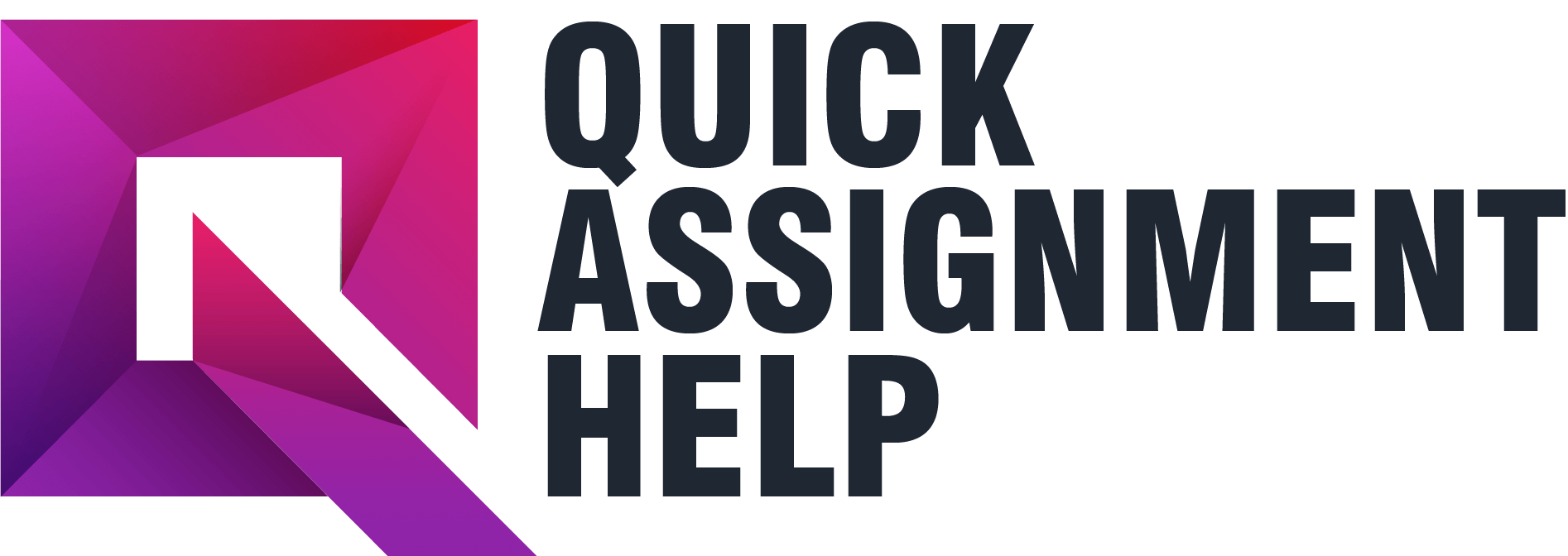Last Updated on February 23, 2023 by Admin
How can different types of attributions and attribution styles encourage high or low levels of learned helplessness, aggression, and empowerment?
Discussion Question:
Please choose ONE of the following:
- How can different types of attributions and attribution styles encourage high or low levels of learned helplessness, aggression, and empowerment?
OR
- How can organizational leaders promote accurate and motivating attributions among their employees?
Answer
How Organizational Leaders Can Promote Accurate and Motivating Attributions among Their Employees
Attribution is the inference that is made towards the causes of various behaviors. For example, if the patient turn-up in a facility increases after the introduction of a subsidy to healthcare offered in the facility, the increase in turn-up could be attributed to the reduction in the costs of healthcare. Motivation, on the other hand, is the psychological stimulus that drives people to act towards certain individual or organizational goals (Stiensmeier-Pelster & Heckhausen, 2018). Motivating attributions among employees are the different mental perceptions that are created among employees to make them increase the desire to perform different tasks.
There are numerous ways in which organizational leaders can promote motivating attributions among their employees. One of the main ones is educating the employees about the positive implications of a certain task that is required to be completed. Much emphasis should be made on the effects on the specific employees in which the motivational attribution is expected to be sought (Fishman & Husman, 2017).
For example, when implementing the use of electronic health records in a nursing unit, the nurse leaders can explain to the nurses that the introduction of the technology reduces their rate of exhaustion by a factor of more than 50%. The employees would then work with electronic health records in a better way, as they would be convinced that they are among the primary beneficiaries of the technique. Other ways of promoting accurate motivational attributions among employees is introducing reward policies for the best performing healthcare givers, and this would make them more motivated to achieve better care outcomes.
References
Fishman, E. J., & Husman, J. (2017). Extending attribution theory: Considering students’ perceived control of the attribution process. Journal of Educational Psychology, 109(4), 559.
Stiensmeier-Pelster, J., & Heckhausen, H. (2018). Causal attribution of behavior and achievement. In Motivation and action (pp. 623-678). Springer, Cham.
Place your order now for the similar assignment and get fast, cheap and best quality work written by our expert level assignment writers.
Use Coupon Code: NEW30 to Get 30% OFF Your First Order
Other Answered Questions:
ANSWERED! Select a family other than your own and seek
ANSWERED!! Lily is a 20-year-old student at
ANSWERED!! In 4 or 5 sentences describe the anatomy of the basic unit of the nervous system
FAQ
How does attribution theory allow managers to justify workers behaviors?
Attribution theory is a psychological framework that helps individuals understand the reasons behind the behaviors of themselves and others. In the context of management, attribution theory can help managers explain and justify the behaviors of their employees.
According to attribution theory, people tend to attribute the behaviors of others to either internal or external causes. Internal causes are factors that are related to an individual’s personality, abilities, or effort, while external causes are related to factors outside of the individual’s control, such as the environment, luck, or other people.
In the workplace, managers can use attribution theory to explain the behaviors of their employees. For example, if an employee consistently produces high-quality work, a manager may attribute this to the employee’s internal factors such as their skill, hard work, or motivation. On the other hand, if an employee consistently produces poor-quality work, a manager may attribute this to external factors such as a lack of resources or poor training.
By using attribution theory, managers can understand the reasons behind their employees’ behaviors and justify them to others. This can help managers make informed decisions about employee performance, reward and recognize employees appropriately, and identify areas where improvements can be made.
However, it is important to note that attribution theory is not a foolproof method of understanding behavior. Individuals may have multiple reasons for their behavior, and attributing behavior to a single cause may not always be accurate. Managers should use attribution theory as a tool to help them understand employee behavior but should also consider other factors that may be influencing their behavior.
Stability attribution theory
Stability attribution theory is a concept within attribution theory that describes how people tend to attribute the causes of events or behaviors to either stable or unstable factors. According to stability attribution theory, people tend to attribute success or failure to either stable or unstable factors, and this attribution can affect how they perceive the cause of the event or behavior.
Stable factors are those that are relatively permanent and unlikely to change over time. Examples of stable factors might include personality traits, intelligence, or inherent abilities. When people attribute success or failure to stable factors, they tend to believe that the outcome is unlikely to change in the future.
Unstable factors are those that are temporary and more likely to change over time. Examples of unstable factors might include luck, effort, or situational factors. When people attribute success or failure to unstable factors, they tend to believe that the outcome could be different in the future if the unstable factor changed.
For example, if a salesperson closes a large deal, they may attribute their success to stable factors such as their innate sales skills or personality traits. In this case, they may believe that they will continue to be successful in the future because they possess these stable factors. On the other hand, if a salesperson loses a deal, they may attribute their failure to unstable factors such as bad luck or a lack of effort. In this case, they may believe that they could be successful in the future if they work harder or have better luck.
Stability attribution theory has implications for how people perceive themselves and others. For example, if an individual consistently attributes success or failure to stable factors, they may develop a fixed mindset, believing that their abilities are innate and unchangeable. Conversely, if an individual consistently attributes success or failure to unstable factors, they may develop a growth mindset, believing that they can improve through effort and experience.
In the workplace, managers can use stability attribution theory to help employees develop a growth mindset. By providing feedback that emphasizes the importance of effort and situational factors, managers can encourage employees to see their successes and failures as opportunities for growth and development.
Attribution theory of motivation example
Attribution theory can be applied to motivation in the workplace. According to attribution theory, people tend to attribute success or failure to either internal or external factors. This attribution can affect an individual’s motivation in the workplace.
For example, if an employee receives a promotion, they may attribute their success to their internal factors such as their hard work, skill, or intelligence. This internal attribution can increase their motivation to continue working hard and striving for success in the future.
On the other hand, if an employee is passed over for a promotion, they may attribute their failure to external factors such as office politics or unfair treatment. This external attribution can decrease their motivation and lead to a decrease in performance.
Managers can use attribution theory to motivate their employees by providing feedback that reinforces internal attributions for success. For example, a manager can praise an employee for their hard work and skill when they achieve a goal or complete a project successfully. This can reinforce the employee’s belief in their own abilities and increase their motivation to continue working hard.
Similarly, managers can address external factors that may be affecting employee motivation. For example, if an employee is experiencing high levels of stress due to a difficult work environment, a manager can work to address the external factors causing the stress, such as excessive workload or lack of support.
By understanding how attribution theory affects motivation, managers can take steps to increase employee motivation and improve overall performance in the workplace.

Weiners attribution theory of motivation
Weiner’s attribution theory of motivation is a framework for understanding how people attribute causes to events or behaviors and how this attribution affects their motivation. According to Weiner, people tend to make three types of attributions: causal, controllable, and stability.
Causal attribution refers to the perceived cause of an event or behavior. People tend to attribute the cause of an event to either internal or external factors. Internal factors include personal traits, abilities, and effort, while external factors include situational factors, luck, or other people.
Controllability attribution refers to the perceived controllability of an event or behavior. People tend to attribute events or behaviors to factors that are either controllable or uncontrollable. Controllable factors are those that an individual can influence or change, while uncontrollable factors are those outside of an individual’s control.
Stability attribution refers to the perceived stability of an event or behavior. People tend to attribute events or behaviors to factors that are either stable or unstable. Stable factors are those that are relatively permanent and unlikely to change over time, while unstable factors are temporary and more likely to change over time.
According to Weiner’s attribution theory, these attributions can affect an individual’s motivation in various ways. For example, an individual who attributes success to internal, controllable, and stable factors is likely to have high self-efficacy and be highly motivated to perform well in the future. Conversely, an individual who attributes failure to internal, uncontrollable, and stable factors is likely to have low self-efficacy and be less motivated to perform well in the future.
In the workplace, managers can use Weiner’s attribution theory to motivate employees by providing feedback that reinforces positive attributions for success. For example, a manager can praise an employee for their effort and skill when they achieve a goal or complete a project successfully. This can reinforce the employee’s belief in their own abilities and increase their motivation to continue working hard.
Similarly, managers can address external factors that may be affecting employee motivation by helping them to understand how situational factors can affect their performance. By helping employees to make more positive attributions for their successes and failures, managers can increase motivation and improve overall performance in the workplace.
Attribution theory of motivation in education
Attribution theory can be applied in educational settings to understand how students attribute their academic success or failure, and how these attributions can affect their motivation to learn. Here are some ways attribution theory can be applied in education:
- Feedback: Teachers can use feedback to reinforce positive attributions for success. For example, praising students for their hard work and effort when they do well on an assignment can reinforce the belief that success is due to their own efforts, and can motivate them to continue working hard in the future.
- Failure: When students experience failure, it is important to help them make positive attributions for the failure. For example, instead of attributing failure to lack of ability or intelligence, teachers can help students understand how external factors such as lack of resources, support or opportunity may have contributed to their failure. This can help students see that success is still possible if they work harder or if the external factors change.
- Mindset: Teachers can help students develop a growth mindset by encouraging them to make attributions to factors that are within their control, such as effort and persistence. This can help students see that they can improve through hard work and practice, rather than believing that their abilities are fixed and unchangeable.
- Task difficulty: Attribution theory suggests that students are more likely to attribute failure to their own lack of ability or intelligence when tasks are perceived as difficult. Teachers can help students develop a more positive attributional style by breaking down difficult tasks into smaller, more manageable steps, and by providing additional support and resources to help students succeed.
By applying attribution theory in education, teachers can help students develop a more positive attributional style, which can improve their motivation to learn, and ultimately improve their academic performance.
an attribution is a causal explanation for an event or behavior
attributions are always an accurate reflection of reality
organizational rules and norms can cause learned helplessness among employees


